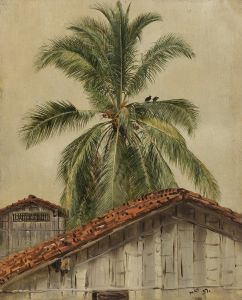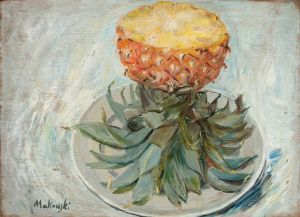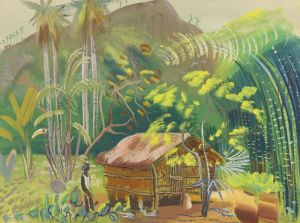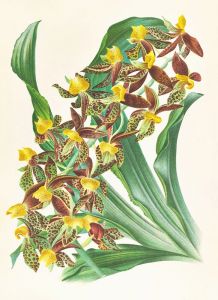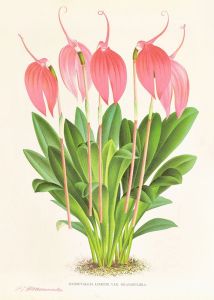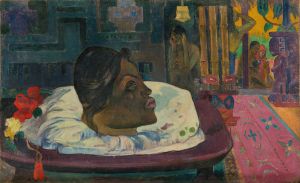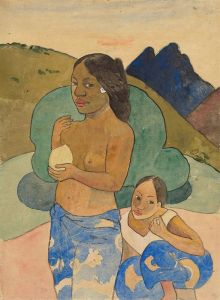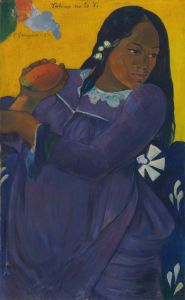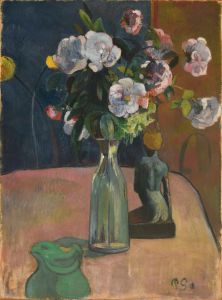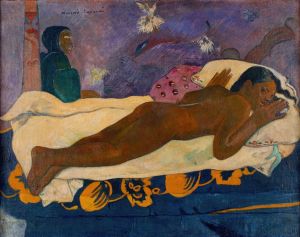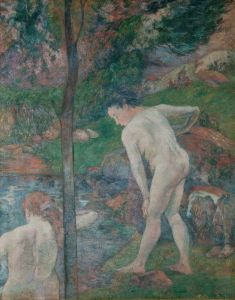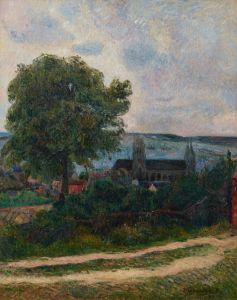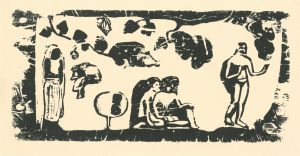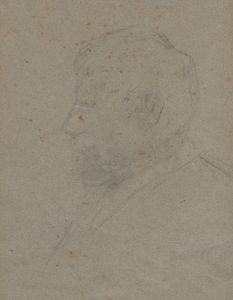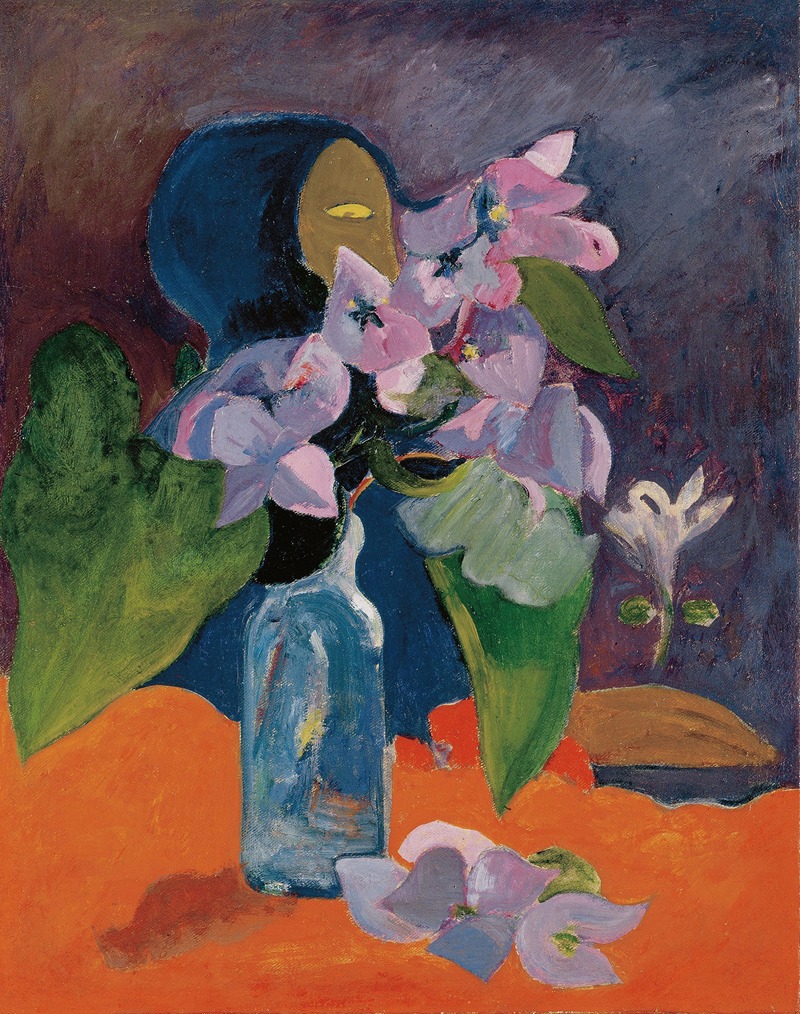
Still Life with Flowers and Idol
A hand-painted replica of Paul Gauguin’s masterpiece Still Life with Flowers and Idol, meticulously crafted by professional artists to capture the true essence of the original. Each piece is created with museum-quality canvas and rare mineral pigments, carefully painted by experienced artists with delicate brushstrokes and rich, layered colors to perfectly recreate the texture of the original artwork. Unlike machine-printed reproductions, this hand-painted version brings the painting to life, infused with the artist’s emotions and skill in every stroke. Whether for personal collection or home decoration, it instantly elevates the artistic atmosphere of any space.
"Still Life with Flowers and Idol" is a painting by the French Post-Impressionist artist Paul Gauguin. Created in 1891, this work is an exemplary piece that showcases Gauguin's distinctive style and his fascination with the exotic and the spiritual. The painting is notable for its vibrant colors and the juxtaposition of natural and cultural elements.
Paul Gauguin was born on June 7, 1848, in Paris, France. He is best known for his bold use of color, strong lines, and his departure from the naturalism that characterized much of 19th-century European art. Gauguin's work often reflects his interest in the primitive and the mystical, which he explored extensively during his travels to Tahiti and other parts of French Polynesia.
"Still Life with Flowers and Idol" was painted during Gauguin's first trip to Tahiti. In 1891, seeking to escape European civilization and "everything that is artificial and conventional," Gauguin left France for Tahiti. He hoped to find an unspoiled paradise where he could create pure, "primitive" art. This period marked a significant transformation in his artistic style and subject matter.
The painting features a still life arrangement of flowers in a vase, set against a backdrop that includes an idol, which is a representation of a Polynesian deity. The flowers are rendered in vivid colors, with rich reds, yellows, and greens that stand out against the more muted tones of the background. The idol, depicted with simplified forms and bold outlines, reflects Gauguin's interest in the spiritual and the mystical aspects of Polynesian culture.
Gauguin's use of color in this painting is particularly noteworthy. He employs a palette that is both vibrant and harmonious, creating a sense of depth and movement. The contrast between the bright flowers and the darker, more subdued idol highlights the tension between the natural and the spiritual, a theme that recurs throughout Gauguin's work.
The composition of "Still Life with Flowers and Idol" is carefully balanced, with the flowers and the idol occupying distinct but complementary spaces within the frame. This arrangement draws the viewer's eye across the canvas, encouraging a contemplation of the relationship between the different elements. The painting's flat, decorative style is characteristic of Gauguin's work during this period, influenced by his exposure to Japanese prints and his desire to break away from traditional Western artistic conventions.
"Still Life with Flowers and Idol" is housed in the Musée d'Orsay in Paris, which holds one of the most comprehensive collections of Gauguin's work. The painting is considered an important example of Gauguin's exploration of still life as a genre, as well as his engagement with the cultural and spiritual life of Tahiti.
In summary, "Still Life with Flowers and Idol" by Paul Gauguin is a significant work that encapsulates the artist's innovative use of color, his interest in the spiritual and the exotic, and his departure from European artistic traditions. Created during his first stay in Tahiti, the painting reflects Gauguin's quest for a new artistic language that could express his fascination with the primitive and the mystical.





